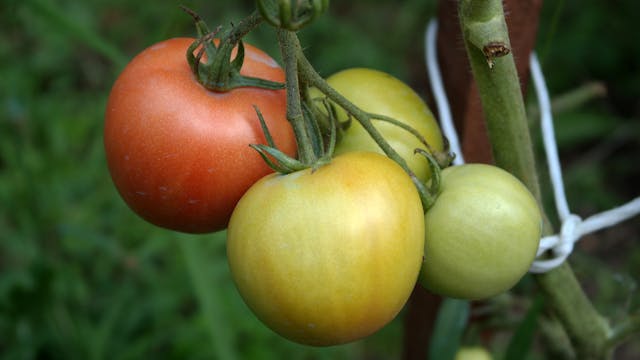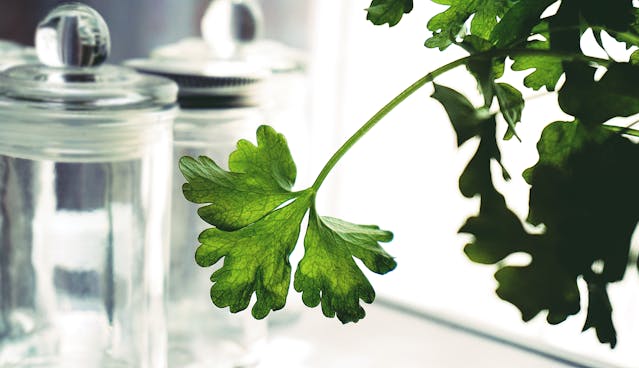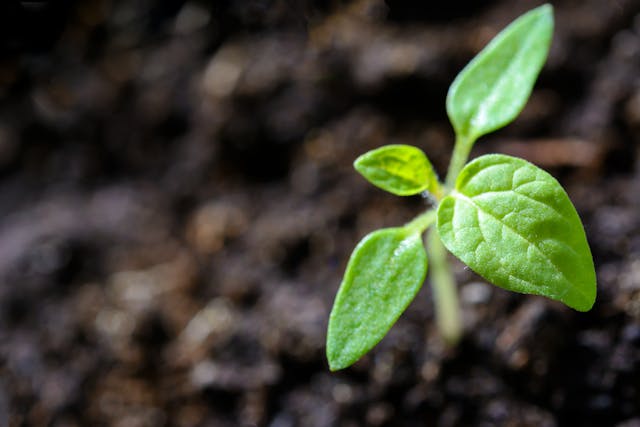Physical Address
304 North Cardinal St.
Dorchester Center, MA 02124
Physical Address
304 North Cardinal St.
Dorchester Center, MA 02124

Imagine a garden that thrives with minimal effort, where plants reseed themselves season after season. That’s the magic of self-seeding flowers, herbs, and vegetables! These hardy plants drop their seeds naturally, ensuring a fresh new crop each year without requiring replanting. Whether you’re looking to save money, reduce maintenance, or simply enjoy a more sustainable garden, self-seeding plants are an excellent choice.
In this guide, we’ll explore the benefits of self-seeding plants, how to choose the right ones for your garden, and 20 beautiful and productive varieties that will keep growing year after year.
Self-seeding plants are those that produce seeds, drop them into the soil, and germinate on their own without human intervention. Unlike perennials, which grow from the same root system year after year, self-seeding plants rely on natural reproduction to return each season.
These plants are an excellent addition to any garden because they:
While they’re convenient, some self-seeding plants can become invasive. It’s essential to choose varieties wisely to prevent them from taking over your garden.
Even though they’re technically annuals or biennials, self-seeders act like perennials because they return year after year. Unlike true perennials that grow from the same roots, self-seeding plants grow in new spots where their seeds land. This can create a lush, natural-looking garden.
With self-seeding plants, you only need to buy seeds once. Each plant produces far more seeds than a standard seed packet, ensuring an ongoing supply of new plants with no extra cost.
Each new generation of self-seeding plants becomes better suited to your garden’s conditions. Over time, they naturally select for traits that thrive in your soil, climate, and environment.
Not all self-seeding plants are ideal for every garden. Some species can become overly aggressive and crowd out other plants. To avoid this, research your choices and consider consulting local nurseries for guidance.
Here are 20 self-seeding plants that are reliable, non-invasive, and perfect for most gardens.

This low-growing annual produces fragrant white flowers that attract pollinators. It reseeds easily, making it an excellent border or ground cover plant.
With its trumpet-shaped blooms in shades of blue, pink, and purple, morning glory adds a charming vertical element to gardens. It self-seeds readily and returns each spring.
Famous for its delicate red blooms, the field poppy produces abundant seeds that spread naturally, ensuring a vibrant display each year.
A summer-to-fall bloomer, cosmos features daisy-like flowers in pink, white, and purple. Simply leave spent flower heads on the plant, and it will reseed itself.
This wildflower thrives in shady areas, producing violet-blue blossoms and heart-shaped leaves. It’s an excellent choice for woodland gardens.
Known for its bright orange and yellow blooms, calendula is a beneficial companion plant that attracts pollinators and repels pests.
This striking biennial features umbrella-like clusters of tiny white or green flowers. It’s an excellent choice for adding height and texture to your garden.
With its eye-catching purple flowers and blue-green leaves, honeywort is a favorite among bees and butterflies. It reseeds easily for a continuous floral display.
This cool-season herb bolts quickly in warm weather, but its seeds (coriander) drop and produce new plants for a fresh supply in fall and spring.
Let parsley flower in its second year, and it will scatter seeds to create a self-sustaining patch.
Dill attracts beneficial insects and produces seeds that drop naturally, ensuring a steady supply of fragrant foliage and seeds.
This tall, feathery herb self-seeds prolifically, providing a continuous source of aromatic leaves and seeds.

A cold-hardy green that produces seed pods in its second year, kale reseeds itself, providing nutritious leaves season after season.
Lettuce easily reseeds if you let some plants flower and go to seed. This method provides a steady supply of fresh greens.
This peppery green bolts quickly in warm weather, but if left to flower, it will reseed itself for an early spring and fall harvest.
A heat-tolerant alternative to spinach, mountain spinach self-seeds and thrives in various conditions.
These leafy greens self-seed if left to flower, ensuring a continuous supply year after year.
Radishes grow quickly and drop seeds naturally, making them an easy, low-maintenance choice for any garden.
Non-hybrid tomatoes readily self-seed, often producing surprise volunteer plants the following year.
If left to flower, carrots will scatter seeds and provide an ongoing supply of fresh, homegrown roots.
Self-seeding plants are a fantastic way to create a thriving, low-maintenance garden. By selecting the right Self-Seeding Flowers Herbs & Vegetables, you can enjoy a lush, productive landscape with minimal effort. Whether you’re a seasoned gardener or a beginner, incorporating self-seeding plants into your space will save you time, money, and labor—while ensuring a beautiful and bountiful harvest year after year. Grow a low-maintenance garden with 20 Self-Seeding Flowers Herbs & Vegetables that return year after year. Save time, effort, and money while enjoying a thriving garden.
Happy gardening from Sow Haven!